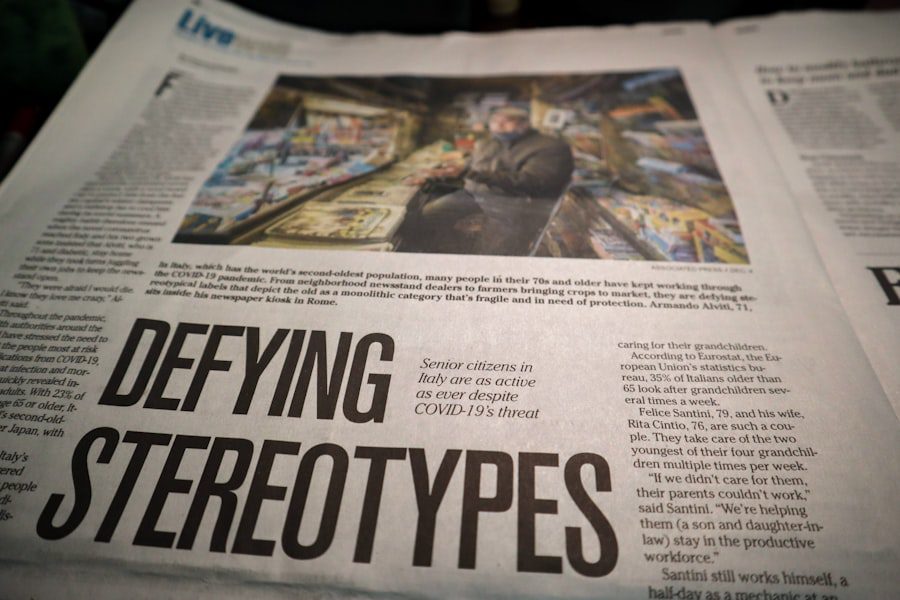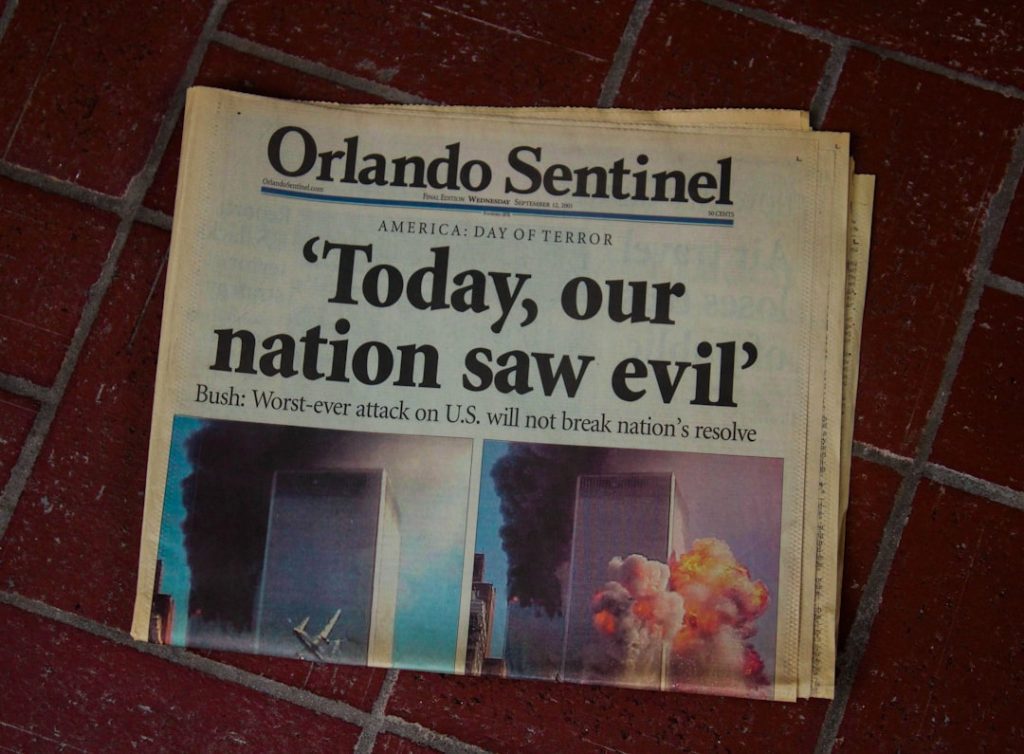In the contemporary landscape, media serves as a powerful conduit through which information flows, shaping perceptions and influencing societal norms. The omnipresence of media—ranging from traditional outlets like newspapers and television to digital platforms such as social media—has transformed the way individuals consume information. This transformation has profound implications for public opinion, as the media not only disseminates news but also frames narratives that can sway perceptions and attitudes.
The intricate relationship between media and public opinion is a subject of extensive study, revealing how media can act as both a mirror reflecting societal values and a hammer shaping them. The influence of media is not merely a byproduct of its reach; it is deeply embedded in the mechanisms of communication and the psychology of audiences. As individuals navigate an increasingly complex information environment, they often rely on media as a primary source of knowledge about the world around them.
This reliance underscores the media’s role as a gatekeeper, determining which stories are told and how they are presented. The implications of this gatekeeping function are significant, as it can lead to the amplification of certain voices while marginalizing others, ultimately shaping the collective consciousness of society.
Key Takeaways
- Media has a significant influence on public opinion and perception.
- Framing and agenda setting play a powerful role in shaping how the public views issues and events.
- Biased reporting can greatly impact public perception and understanding of a topic.
- Social media has become a major force in shaping public opinion and perception.
- Entertainment media also plays a role in shaping public perception and understanding of various issues.
The Role of Media in Shaping Public Opinion
Media plays a pivotal role in shaping public opinion by providing the information that individuals use to form their beliefs and attitudes. Through news coverage, editorial choices, and the selection of topics deemed newsworthy, media outlets can influence what issues are prioritized in public discourse. For instance, during election cycles, the media often focuses on specific candidates or policies, which can significantly impact voter perceptions and decisions.
The framing of these narratives—whether portraying a candidate as a champion of the people or as an out-of-touch elitist—can sway public sentiment in profound ways. Moreover, the media’s role extends beyond mere reporting; it actively participates in the construction of social reality. By highlighting certain events or issues while downplaying others, media can create a sense of urgency or importance around specific topics.
For example, extensive coverage of climate change can lead to increased public concern and advocacy for environmental policies, while a lack of coverage may result in apathy or ignorance regarding the issue. This selective emphasis not only informs public opinion but also mobilizes collective action or inaction, demonstrating the media’s significant power in shaping societal priorities.
The Power of Framing and Agenda Setting

Framing and agenda-setting are two critical concepts that elucidate how media influences public perception. Framing refers to the way information is presented, which can significantly affect how audiences interpret that information. For instance, consider the coverage of immigration issues: framing immigrants as “job stealers” versus “hardworking individuals seeking better opportunities” can lead to vastly different public reactions and policy preferences.
This illustrates how the language and context provided by media can shape emotional responses and ideological stances. Agenda-setting, on the other hand, involves the media’s ability to influence which topics are considered important by the public. By choosing which stories to highlight, media outlets can effectively set the agenda for public discourse.
A classic example is the coverage of health care reform in the United States; when media outlets prioritize discussions about health care accessibility and costs, it elevates these issues in the minds of the public and policymakers alike. This process not only informs citizens but also pressures political leaders to respond to the issues that have gained prominence through media attention.
The Impact of Biased Reporting on Public Perception
Biased reporting poses significant challenges to an informed public and can distort perceptions of reality. When media outlets exhibit favoritism towards particular political ideologies or social issues, they risk alienating segments of their audience while reinforcing existing biases among their supporters. For example, partisan news networks may present information in a way that aligns with their audience’s beliefs, leading to echo chambers where dissenting views are marginalized or dismissed.
This phenomenon can create a polarized society where individuals are less likely to engage with opposing viewpoints. The consequences of biased reporting extend beyond individual opinions; they can influence broader societal dynamics. When large segments of the population consume biased information, it can lead to misinformed public debates and policy decisions based on skewed perceptions.
For instance, during discussions about gun control in the United States, biased reporting may emphasize sensational incidents while downplaying statistical evidence regarding gun violence rates. This selective portrayal can shape public opinion in ways that hinder constructive dialogue and compromise on critical issues.
Social Media and Its Influence on Public Opinion
The rise of social media has revolutionized how information is disseminated and consumed, creating new avenues for shaping public opinion. Platforms like Twitter, Facebook, and Instagram allow users to share content rapidly, enabling grassroots movements to gain traction almost overnight. This democratization of information dissemination has empowered individuals to voice their opinions and mobilize support for various causes.
However, it has also led to challenges such as misinformation and echo chambers that reinforce existing beliefs. Social media’s influence is particularly evident during significant events such as elections or social movements. For instance, during the Black Lives Matter protests following George Floyd’s death in 2020, social media played a crucial role in raising awareness and mobilizing support globally.
Hashtags like #BlackLivesMatter became rallying cries that transcended geographical boundaries, illustrating how social media can amplify voices that might otherwise be marginalized in traditional media narratives. However, this same platform has also been exploited for spreading false information or divisive rhetoric, complicating its role in shaping informed public opinion.
The Role of Entertainment Media in Shaping Public Perception

Entertainment media—encompassing television shows, films, music, and literature—also plays a significant role in shaping public perception by influencing cultural narratives and societal norms. Through storytelling, entertainment media has the power to humanize complex issues and foster empathy among audiences. For example, films that depict the struggles of marginalized communities can challenge stereotypes and encourage viewers to reconsider their preconceived notions about those groups.
Moreover, entertainment media often reflects and reinforces societal values. Popular television series like “The Handmaid’s Tale” or “Black Mirror” explore themes related to gender equality and technological dystopia, prompting audiences to engage with pressing social issues in a more accessible format. These narratives can spark conversations about real-world implications and inspire activism among viewers who may not have previously engaged with such topics.
However, it is essential to recognize that entertainment media can also perpetuate harmful stereotypes or oversimplify complex issues, leading to skewed perceptions among audiences.
The Influence of Advertising and Propaganda on Public Opinion
Advertising and propaganda are potent tools used by various entities—governments, corporations, and advocacy groups—to shape public opinion intentionally. Advertising seeks to persuade consumers to adopt specific behaviors or beliefs regarding products or services through strategic messaging and emotional appeals. For instance, campaigns promoting healthy lifestyles often utilize aspirational imagery and testimonials to encourage individuals to make healthier choices.
Propaganda takes this concept further by aiming to influence public perception on broader societal issues or political ideologies. Governments may employ propaganda during wartime to rally support for military actions or promote national unity. Historical examples include World War II propaganda posters that depicted enemy nations in a negative light while glorifying national efforts.
In contemporary contexts, propaganda can manifest through social media campaigns designed to sway public opinion on contentious issues such as immigration or climate change. The effectiveness of these strategies lies in their ability to tap into emotions and values that resonate with target audiences.
The Responsibility of Media in Shaping Public Perception
Given its profound influence on public opinion, the media bears a significant responsibility in ensuring accurate reporting and ethical practices. Journalists and media organizations must strive for objectivity while recognizing their role as gatekeepers of information. This responsibility includes fact-checking claims, providing context for complex issues, and presenting diverse perspectives to foster informed discourse among audiences.
Moreover, as consumers of media become increasingly aware of biases and misinformation, there is a growing demand for transparency from media organizations regarding their sources and editorial processes. Ethical journalism practices—such as disclosing conflicts of interest or providing corrections when errors occur—are essential for maintaining public trust in media institutions. Ultimately, the responsibility lies not only with journalists but also with audiences who must critically engage with the information they consume and seek out diverse viewpoints to form well-rounded opinions.
In conclusion, the intricate relationship between media and public opinion underscores the importance of understanding how information is presented and consumed in today’s society. As we navigate an ever-evolving media landscape, recognizing the power dynamics at play will be crucial for fostering informed citizenry capable of engaging with complex societal issues.


